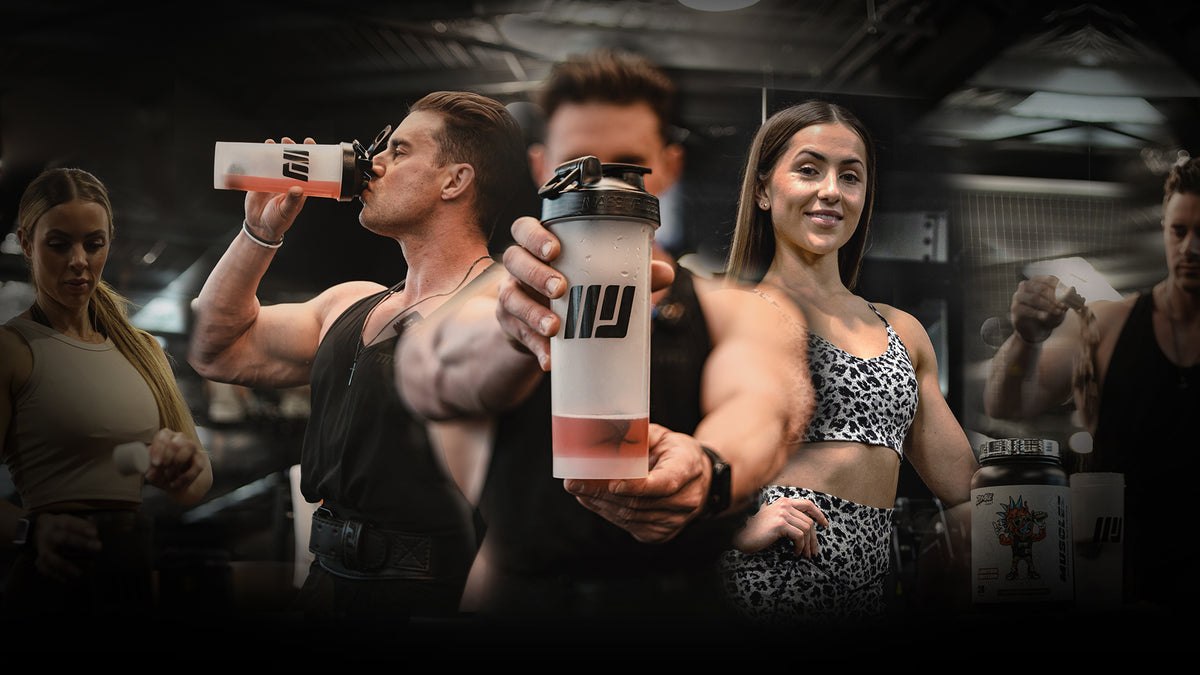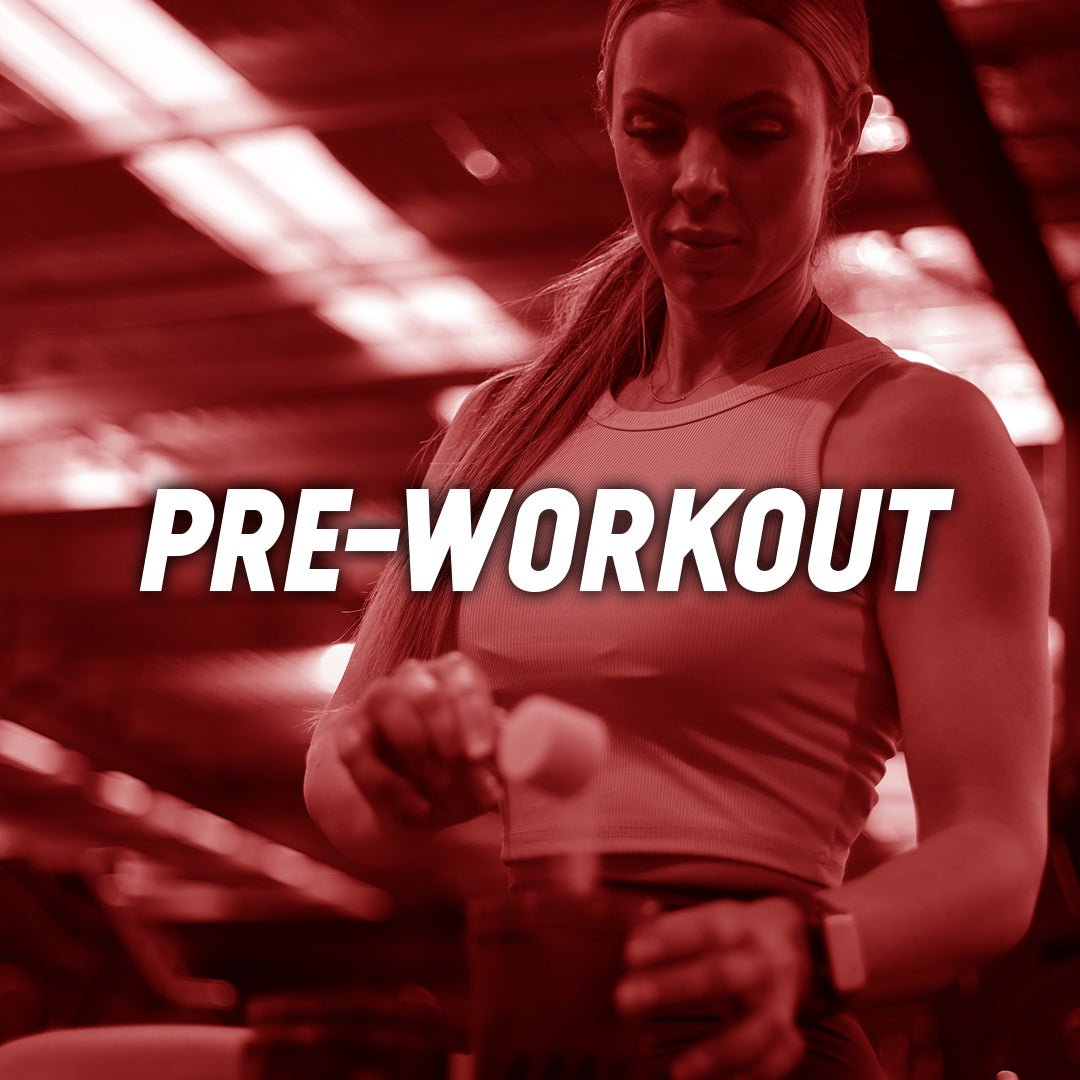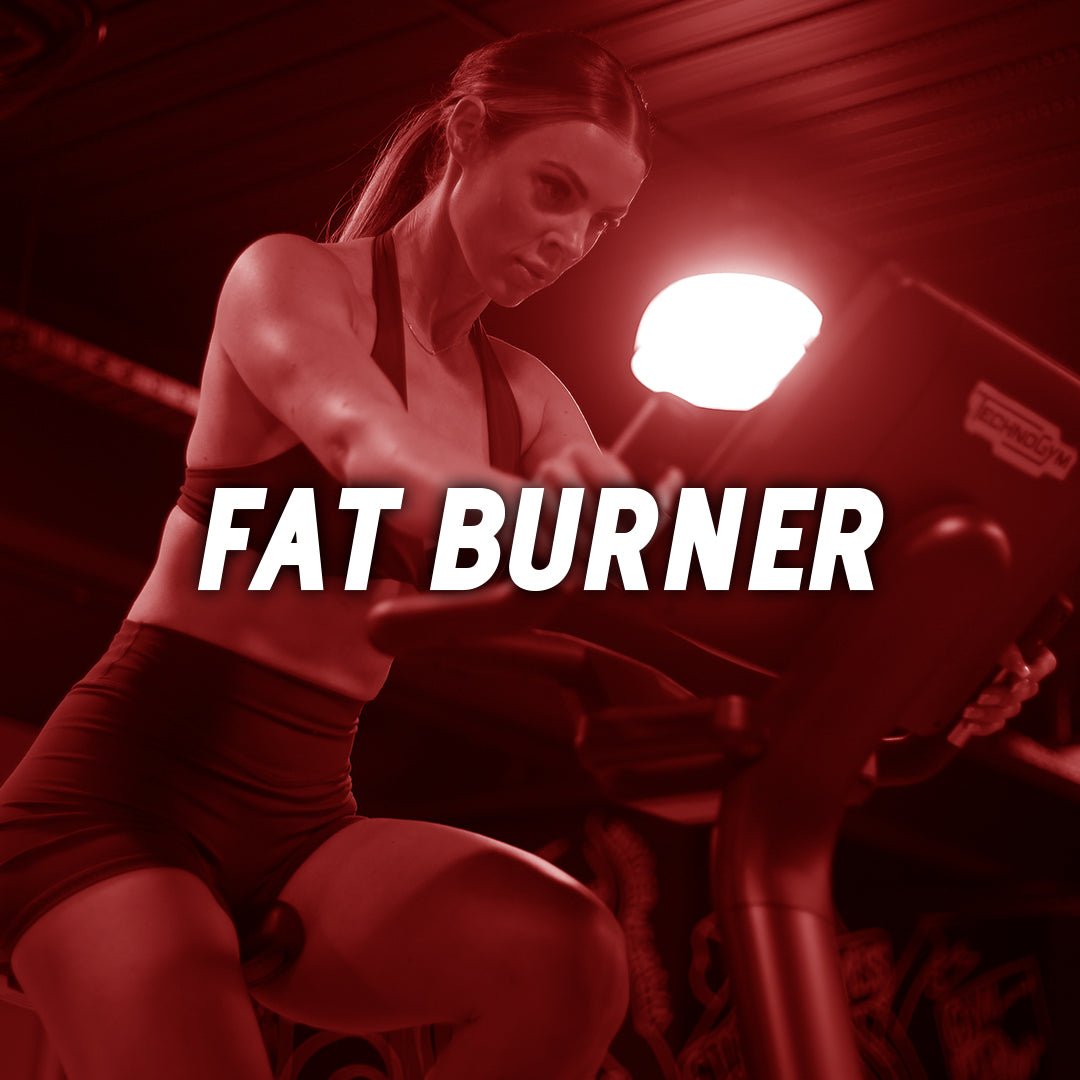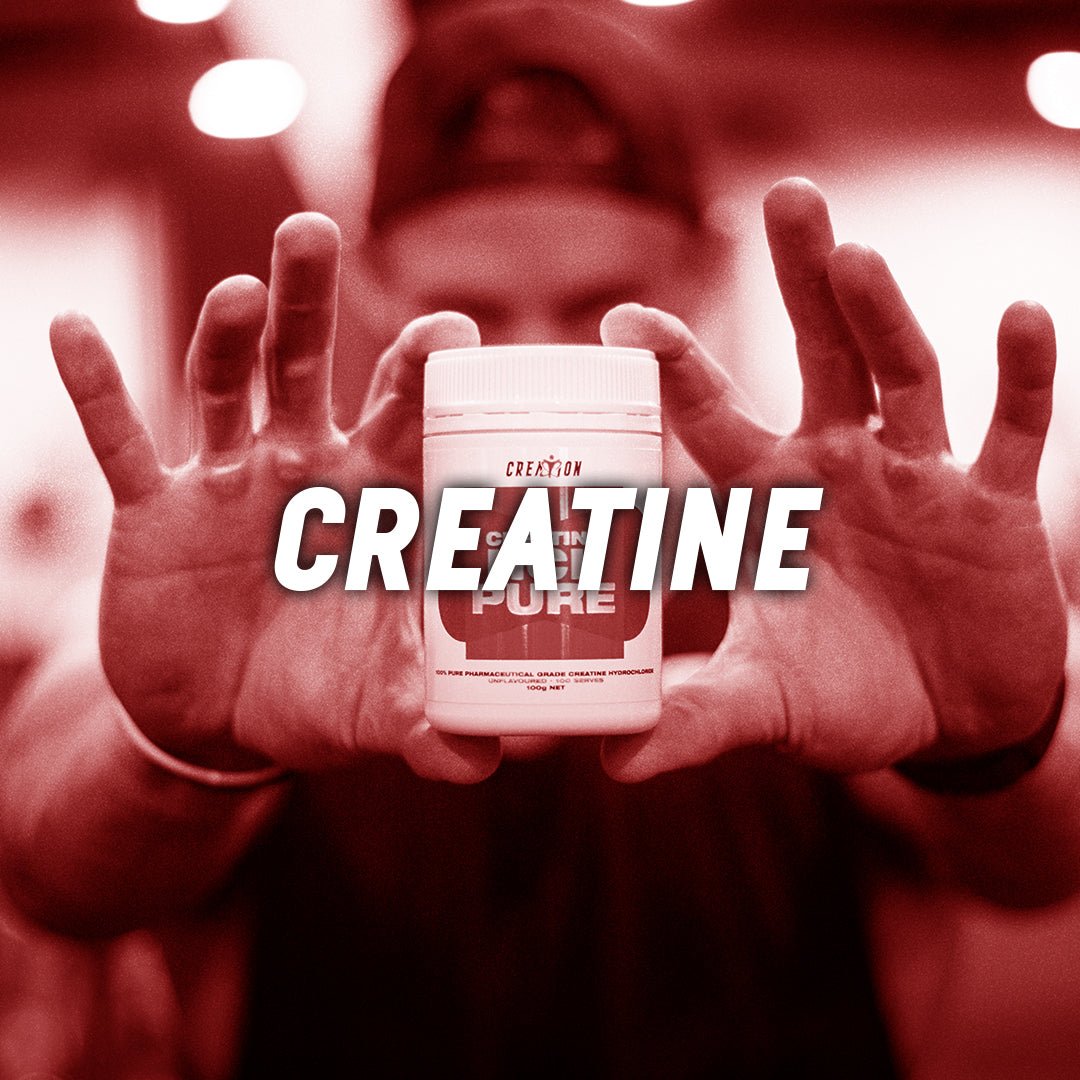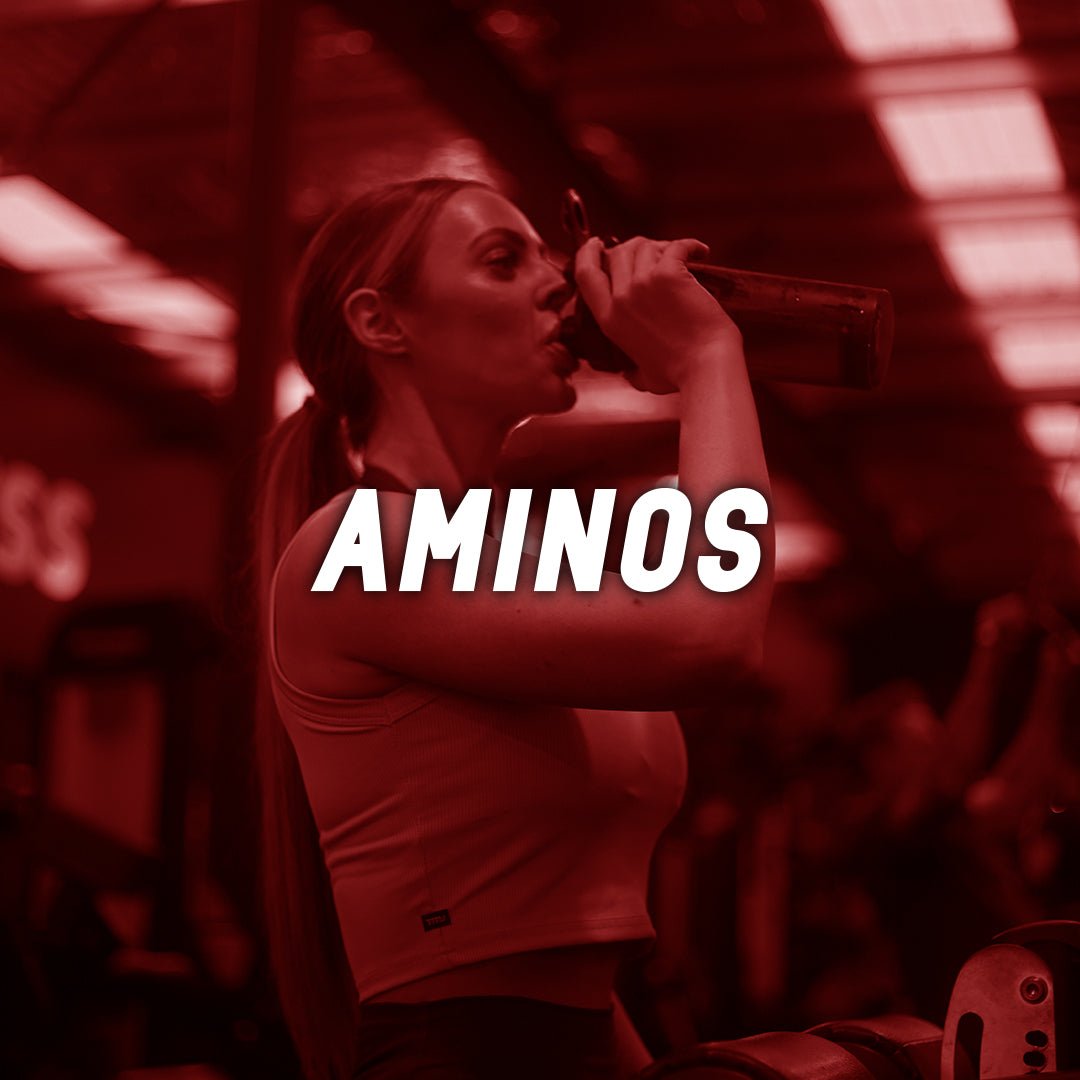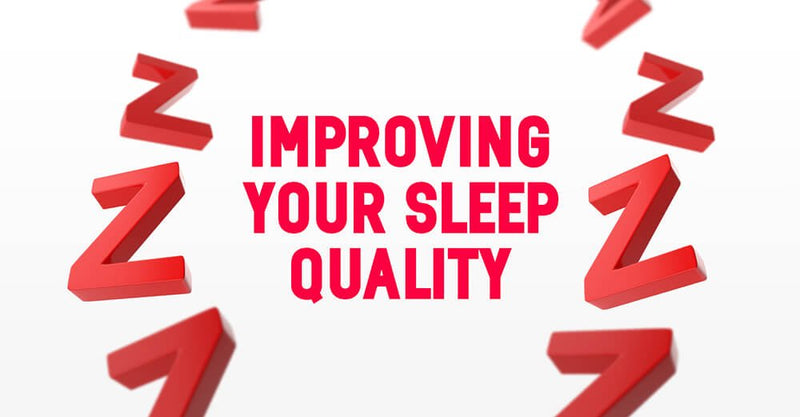
Free shipping with all orders over $100!
Found a cheaper advertised price for an identical product? We'll beat it by $1 no exceptions!
Receive a free gift with every purchase over $150!

Rule 1 Whey Blend

Primabolics Iso-Ripped
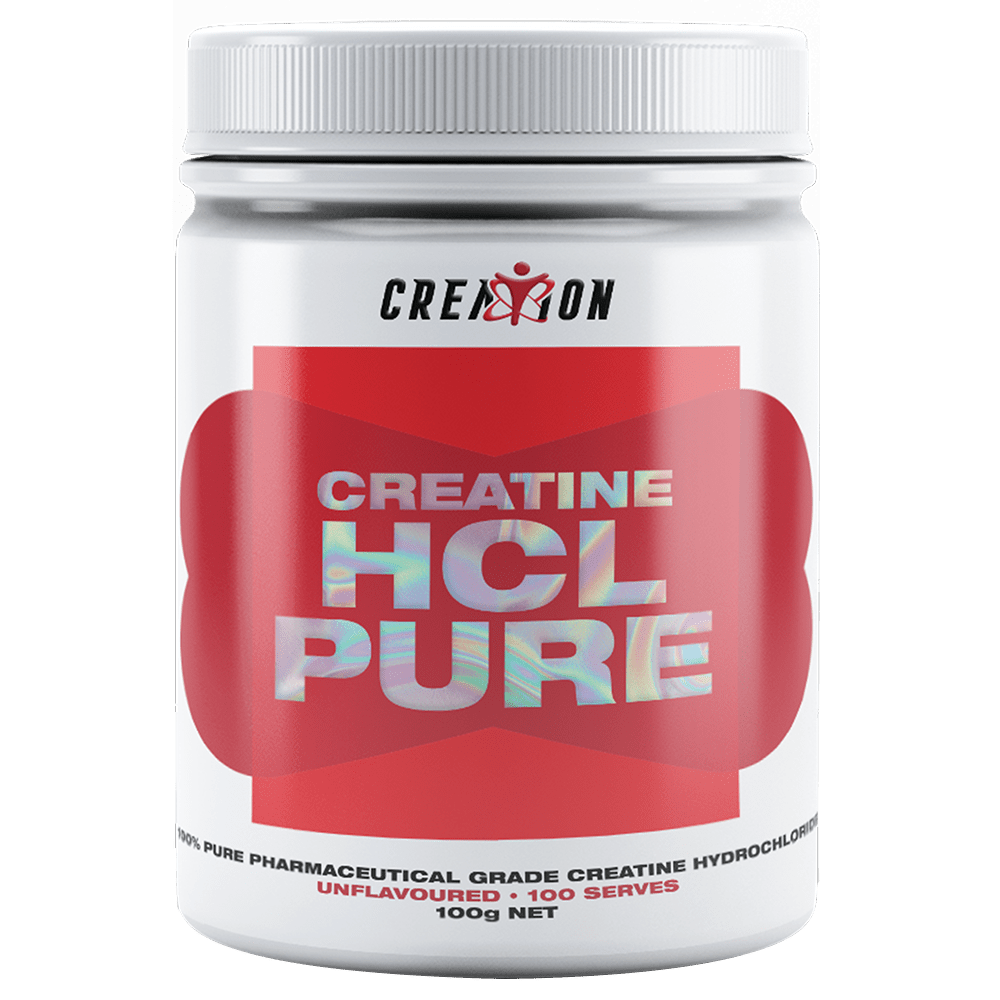
Creation Supplements Creatine HCLPure

Primabolics Whey Ripped

Nexus Sports Nutrition Per4m
Free Delivery
Get it delivered free to your door when you spend over $100
Loyalty Points
Earn loyalty points with every order
Price Beat Guarantee
Buy with confidence at the best price

About Us
We Are MJ Fitness
A fitness lifestyle company based in Adelaide, South Australia, dedicated to helping & inspiring all people to improve their lives through health & fitness by providing products, information & experiences.
We offer a wide range of fitness & health supplements from the World's best brands at the guaranteed best prices in the country. From protein powders and pre-workouts to amino acids, vitamins, creatine, superfoods and fat burners, we have all of the supplements you need to support your health & fitness goals.
In addition to our extensive supplement range, we pride ourselves on our excellent customer service and fast delivery times with express shipping available on all orders across Australia and free shipping available on orders over $100.
Our commitment to service excellence extends with same business day dispatch for orders placed before 3pm, ensuring that you receive your supplements as quickly as possible.
We also offer your choice of a free gift for orders over $150, a free loyalty program that enables you to earn discounts on future orders, a number of different buy now, pay later options, and a price beat guarantee.
Whether you're just starting out on your health & fitness journey or you're an experienced athlete, we welcome you into the MJ Fitness community.


